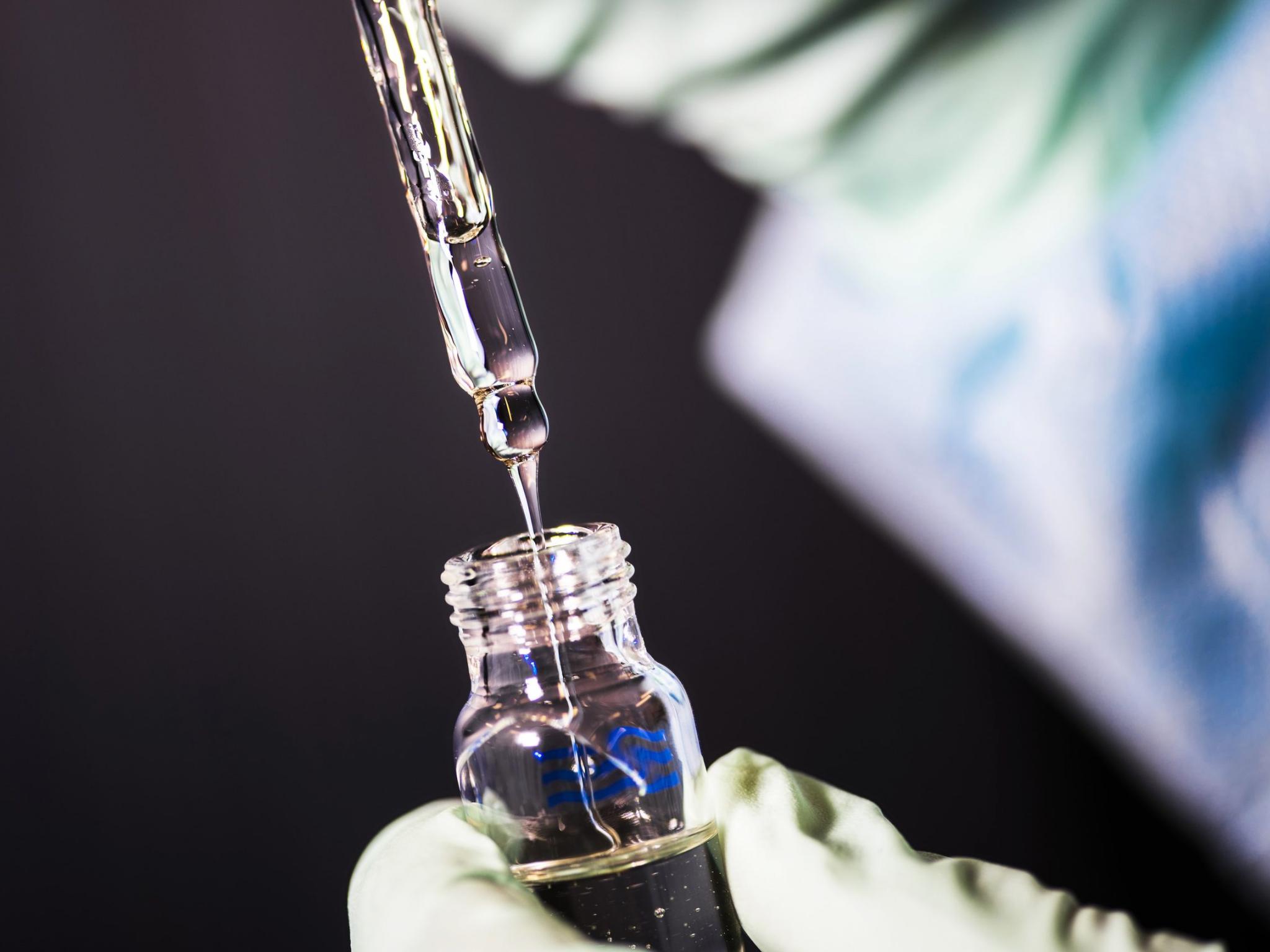
This article by Elisabetta Fato was originally published on Microdose and appears here with permission.
Preliminary results from Phase 1 DMT clinical trial for depression support the safety and tolerability of the compound. With a world-first Phase 2 trial getting underway, we are on the cusp of potential breakthroughs in mental health treatments.
DMT vs other psychedelics
Contained in the leaves of certain Amazonian plants, DMT is the psychoactive substance in ayahuasca, the Amazonian beverage used by South American tribes during ritual ceremonies for thousands of years. Despite the similar hallucinogenic effects, this compound is distinguished from other psychedelics such as LSD and psilocybin by a variety of properties.
For example, while magic mushrooms and LSD take longer to “kick in”, and the effects can last up to twelve hours, DMT takes minutes to act and does not last longer than 6 hours. But rather than the duration of the trip, it’s the intensity of the experience which had DMT classified as the strongest psychedelic, whose hallucinogenic effects can seem to simulate near-death experiences.
Similar to other psychedelics, several studies support DMT’s potential to treat individuals affected by mood disorders and some features (time of action, in particular), making this drug an attractive therapeutic tool in comparison to other psychedelics and currently used antidepressants.
What are the administration routes for DMT?
The drug has multiple modes of administration: smoked, injected intravenously, or intramuscularly, and ingested in the form of ayahuasca, where other compounds contained in the brew prevent DMT from being metabolised in the gastrointestinal tract, allowing it to reach the brain.
The slower mechanism of action of ayahuasca, caused by its metabolism in the gastrointestinal tract, makes quite a limitation for its clinical administration; this is also true for inhaled DMT, which is not the most appropriate route of administration clinically as it is sometimes rejected by patients. On the other hand, injected DMT generates a more intense and fast experience and previous research on drugs such as ketamine and morphine showed that intravenous is faster and more effective than other types of injections.
Phase I clinical trial on DMT fumarate
In 1994, Rick Strassman and his colleagues from the University of New Mexico studied the effects of DMT injected intravenously at different doses, but it was not only until 2020 that the first clinical trial on DMT, still ongoing, was approved. The study, conducted by the neuroscience research company Small Pharma, in collaboration with the Imperial College London, aims at investigating the pharmacological effects of DMT fumarate injected intravenously into healthy volunteers (phase I) and major depressive disorder patients (phase IIa). The goal being to determine its full pharmacological profile for the first time, as well as its safety and tolerability.
In a nutshell, the trial is meant to assess the effects of the drug and how this is processed, its safety in healthy individuals, and its safety and efficacy on major depressive disorder patients. So far, in the first part of the study (phase I) the 32 healthy participants, completely new to psychedelics, had no significant adverse events upon intravenous injection with SPL026 (DMT fumarate) combined with psychotherapy or placebo.
To investigate any correlation between the dose and the response, volunteers received 4 infusion regimes ranging from 9 to 21.5 mg and had to report a score to evaluate the intensity of the psychedelic experience. This, according to the preliminary results, increased as higher-dose infusions were administered.
But what are exactly the pharmacological parameters that researchers measure to study DMT? What they looked at are the drug’s pharmacokinetics — literally “what the body does to the drug”, and pharmacodynamics — literally “what the drug does to the body”.
Typical concepts reflecting the pharmacokinetics and pharmacodynamics of a drug are peak plasma concentration (indicating the rate of absorption of the drug), liver metabolism and clearance (the rate at which the drug is removed from the body), as well as adverse effects affecting safety and tolerability of the drug.
In phase I, it was found that DMT fumarate injected intravenously reaches peak plasma concentration within 10 minutes and that its clearance is rapid, taking place within an hour. Both factors could be considered clinically favourable, as they shorten the time window for unwanted effects to take place.
The future depends on Phase 2
Based on the encouraging results supporting the safety and tolerability of DMT, the study is proceeding to the second part, due for completion in October 2022, where two dose regimens of Small Pharma’s SPL026 (once vs twice within 2 weeks) will be tested on around 40 individuals affected by moderate to severe depression, in combination with psychotherapy. Phase 2a is meant to assess the therapeutic efficacy of DMT (the “spirit molecule”), and evaluate further the safety and tolerability of the drug in major depressive disorder patients.
If Phase 2a will be as promising as Phase I, new and exciting doors would be opened in the field of psychedelic research. Considering the brief duration of the session (30 mins-long infusions in the Small Pharma-Imperial study, compared to other psychedelics lasting up to 6 hours) as well as its intensity, safety, and tolerability (assuming the preliminary results are confirmed) — approval of DMT by worldwide health organizations would represent a great step forward in psychedelic therapy for mental health.







